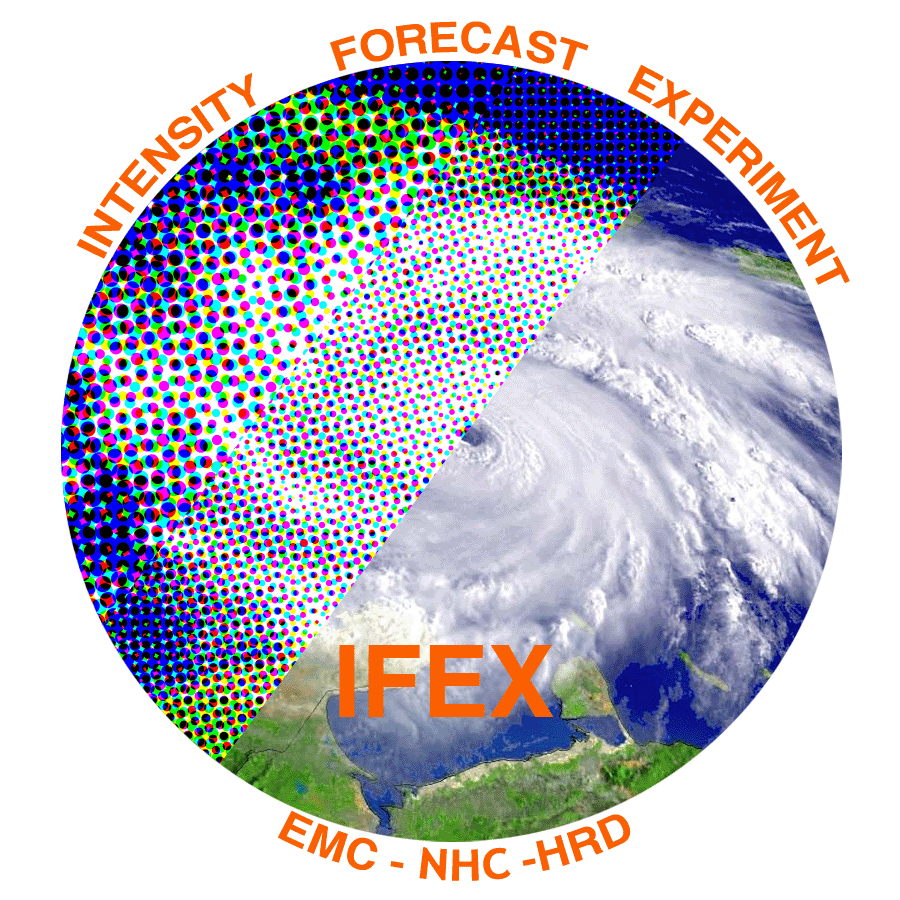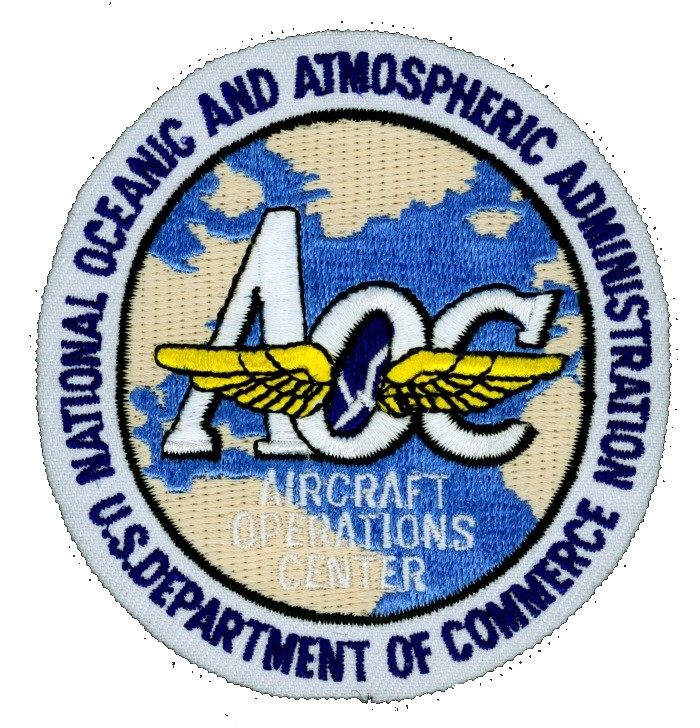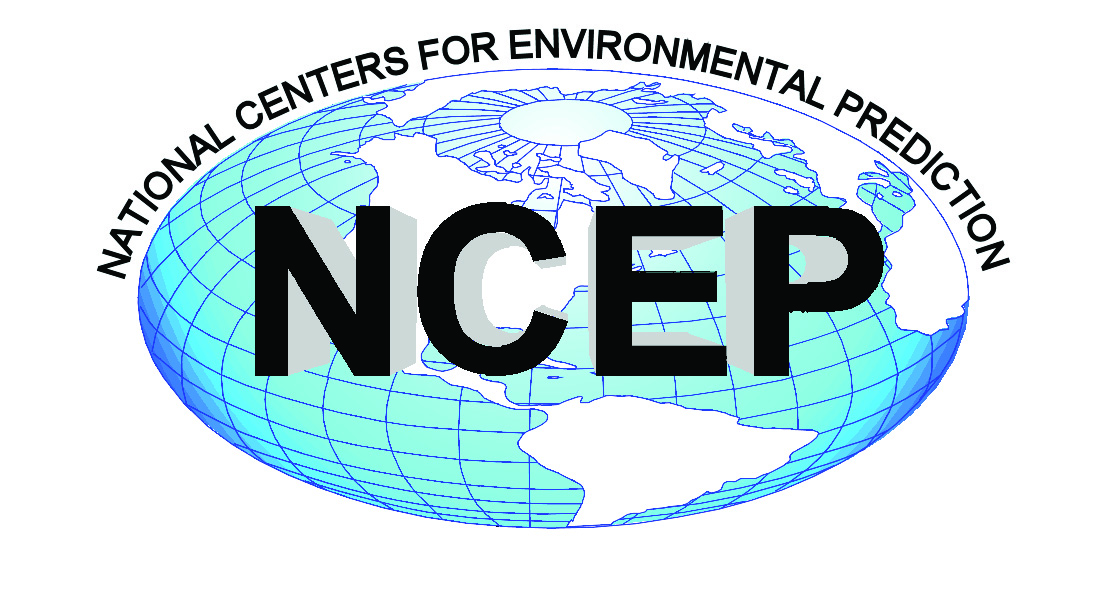 Intensity Forecasting EXperiment 2008
Intensity Forecasting EXperiment 2008
(IFEX08)
NOAA's Hurricane Research Division, part of the Atlantic Oceanographic and Meteorological Laboratories located in Miami, FL, is in the midst of a multi-year experiment along with the NOAA Aircraft Operations Center (AOC) called the Intensity Forecasting Experiment (IFEX). Developed in partnership with NOAA's Environmental Modeling Center (EMC) and its Tropical Prediction Center, IFEX is intended to improve our understanding and prediction of hurricane intensity change by collecting observations that will aid in the improvement of current operational models and the development of the next-generation operational hurricane model, the Hurricane Weather Research and Forecasting model (HWRF). Observations will be collected in a variety of hurricanes at different stages in their lifecycle, from formation and early organization to peak intensity and subsequent landfall or decay over open water. There are several unique aspects of IFEX in 2008 that will help improve our understanding and prediction of hurricane intensity change:
During this year, IFEX will be operating in partnership with several other experiments:
References: Rogers, R., et al. "NOAA's Hurricane Intensity Forecasting Experiment: A Progress Report", 2013, Bulletin of the American Meteorological Society, (v.94)n.6, p.859-882 

|
Links of Interest
AOML Tools & Resources
Employee Tools
|
